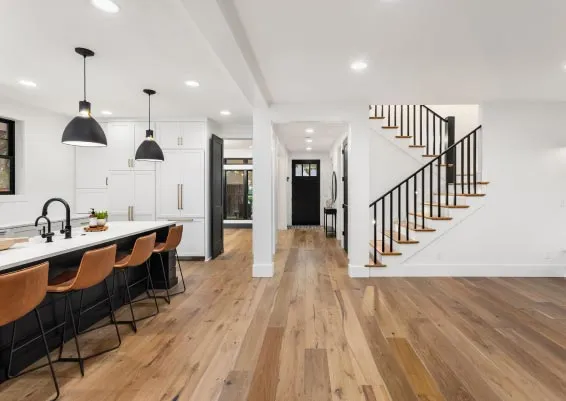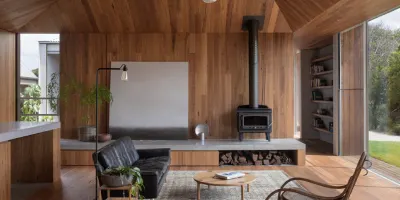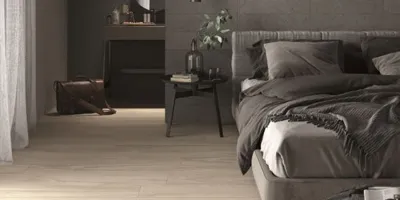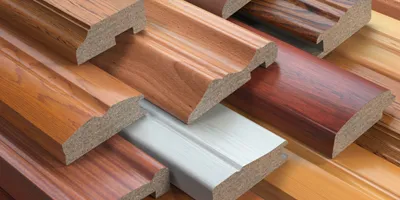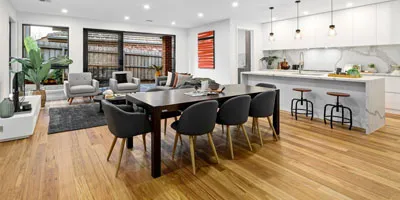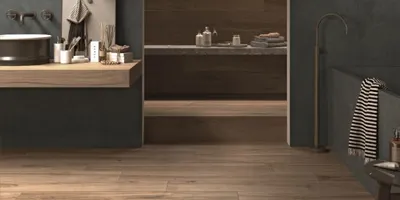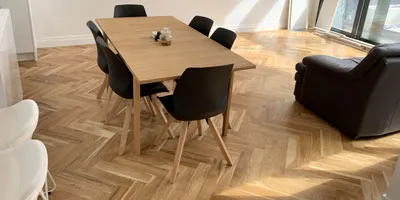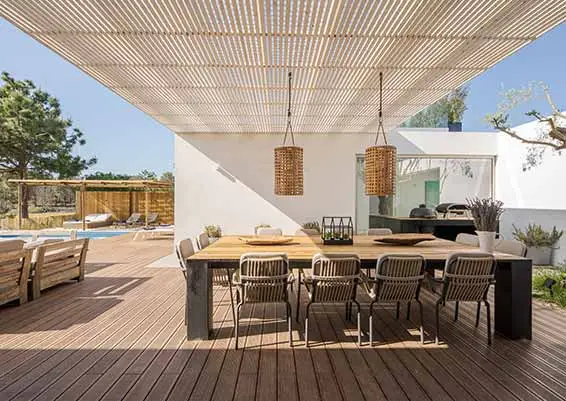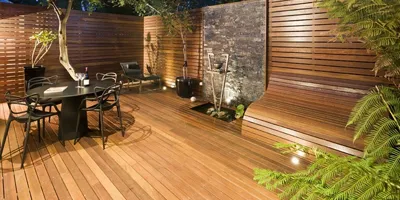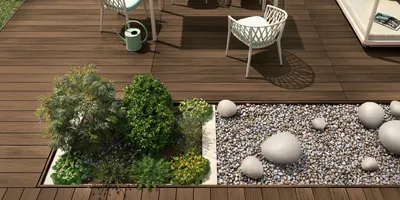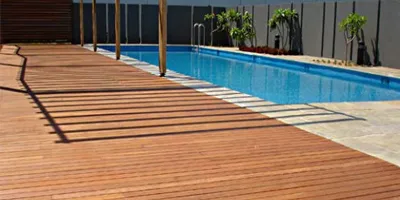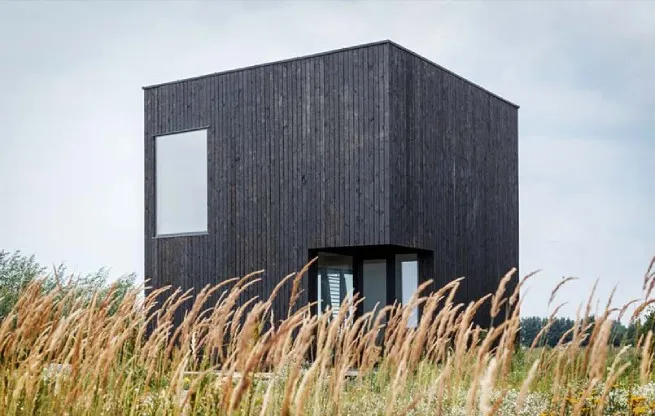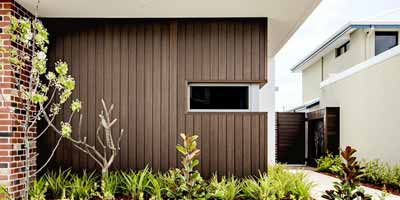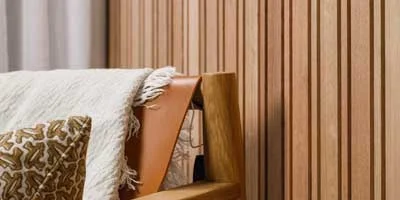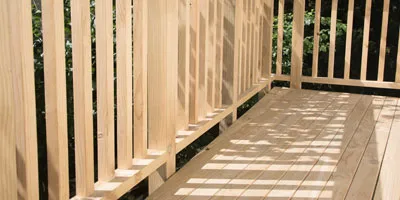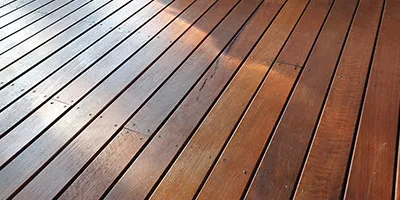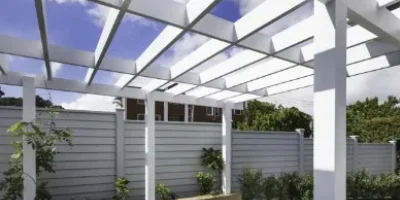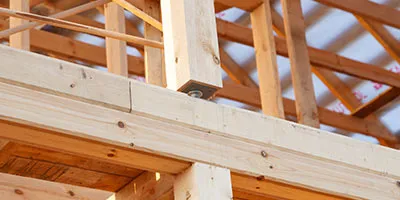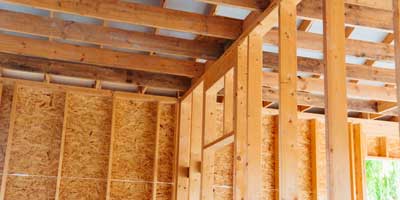Why Tasmanian Oak Flooring Should Be a Part of Your Home Installation
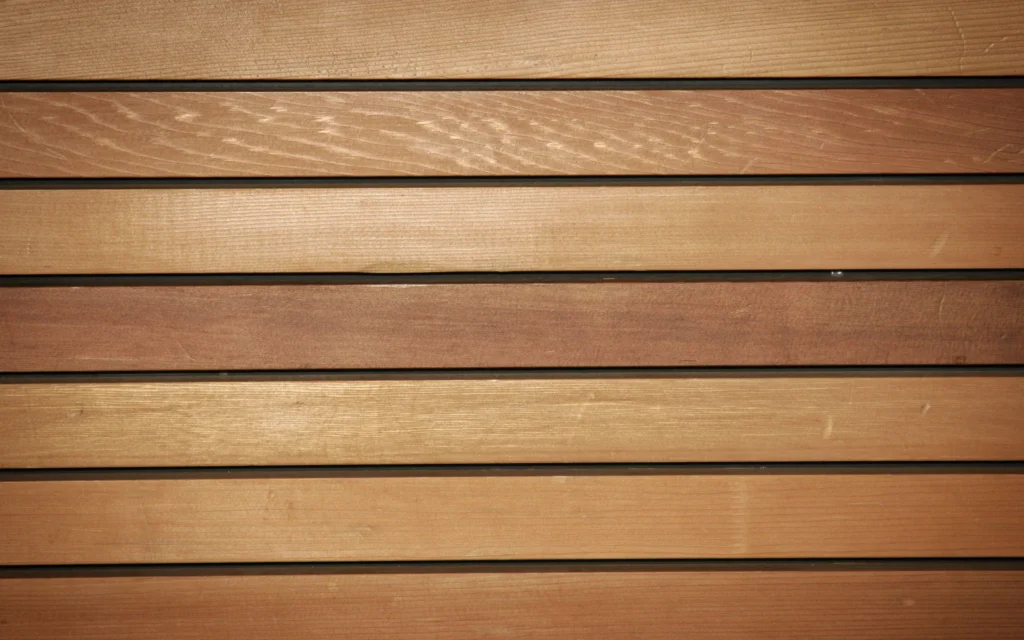
When choosing a flooring material for your home, you will come across not one but hundreds of options. One such option is Tasmanian Oak flooring, a cult favourite and a hot pick for traditional to contemporary and modern homes. Why? They are durable, versatile and high in aesthetic appeal. Whether you want a flooring that stands out or blends into the interiors of your premises, Tasmanian oak flooring can be a great choice.
We understand that the more choices, the more confusion. But don’t worry, we are here to guide you through and help you make an optimum choice. With us, explore some standout features that make Tasmanian Oak flooring a must-have for your home.
Let’s get started!
What Exactly Is Tasmanian Oak?
Despite the name, it isn’t a single tree species. It’s a mix of three local eucalyptus, regnans, obliqua or delegatensis. The timber is light in colour, with a grain that isn’t overly fussy. You might notice it looks warmer than imported European oak, which can lean grey. Some people like that softer tone because it doesn’t lock you into one interior style.
Also Read – What is Composite Decking Made Of?
Key Features of Tasmanian Oak Flooring
A Floor That Holds Up
Tasmanian Oak is classed as a hardwood. In everyday terms, that means it resists dents better than softer timbers like pine. Most installers will tell you it sands well and takes a polish evenly, so if you ever want to freshen it up in ten or fifteen years, you can. They can be sanded three or four times and still look presentable.
Easy for Trades to Work With
Talk to a carpenter or flooring installer, and they’ll usually mention how straightforward Tasmanian Oak is to cut and fit. It doesn’t splinter badl,y and it holds nails and glue reliably. In practice, that means less frustration on the job site and a neater finish in your living room. If you’re considering floating floors versus direct sticks, both methods are possible with this timber.
Fits Australian Homes and Climate
In most cases, Tasmanian Oak behaves well in the varied Australian climate. Melbourne winters can be damp, while summers in regional areas can be bone-dry. This timber has a reputation for being stable enough to handle those seasonal shifts without the dramatic cupping or gapping you sometimes see in cheaper boards. Of course, no timber is completely immune; you’ll still want to keep an eye on humidity and proper sealing.
A Sustainable Option
For anyone conscious about sourcing, this timber comes from managed forests in Tasmania and Victoria. Suppliers like us at Greenhill can provide certification, which is worth asking about if you’re concerned about the environmental side. Compared to imported hardwoods, it also keeps more of the supply chain local, which a lot of homeowners prefer.
A Style That Doesn’t Box You In
One thing homeowners often say is that Tas Oak feels like a blank canvas. Its pale cream to pink tones can be stained darker if you like, or left natural for a more minimal look, an architectural favourite. Interior designers like it because it pairs with both coastal and urban builds; you’re not stuck in one design lane.
Worth the Investment
Timber flooring whether engineered or solid, it isn’t cheap, but Tasmanian Oak tends to add long-term value. Real estate agents often point out hardwood floors in listings because buyers see them as a premium feature. If you’re planning to stay put, you’ll enjoy the durability. If you’re planning to sell down the track, it’s one of those materials that generally pays you back.
Where Tasmanian Oak Flooring Works Best
Not every room in a house asks the same from its floors. Some areas cope with heavier foot traffic, while others are more about comfort and style. Tasmanian Oak does well in most situations, but here are the spaces where it’s often the best fit:
- Living Rooms and Hallways: These are high-traffic zones, and Tas Oak’s hardness means it won’t wear thin too quickly.
- Bedrooms: The pale tones give bedrooms a lighter, warmer feel without being overwhelming. If you’re not into carpets, Tas Oak is a solid alternative that still feels cosy underfoot.
- Dining areas: Furniture tends to get dragged in and out around the dining table. Tas Oak holds up well to that kind of everyday punishment, and if scratches appear, they’re usually easy to sand back.
- Open-Plan Spaces: Because the timber isn’t too dark or too patterned, it doesn’t clash with other finishes. It ties kitchens, dining, and lounge areas together without making the space feel heavy.
One thing to keep in mind: like most hardwoods, it’s not the best pick for bathrooms or laundries where water can sit on the surface. In those areas, tiles or vinyl are usually smarter. But across most of the home, Tasmanian Oak is a safe and lasting choice.
Also Read – Everything You Need to Know About Engineered Timber Floors
Final Thought
Tasmanian Oak might not be a loud choice you’ll see in a showroom, but that’s part of its strength. It’s reliable, adaptable, and suited to Australian conditions. When you’re putting money into something as permanent as flooring, those qualities count for a lot.
If you think Tasmanian Oak is the best choice for your home or are still looking for other options, get in touch with us and we can guide you through. From selection to installation, find complete assistance with our team at Greenhill Timbers.

